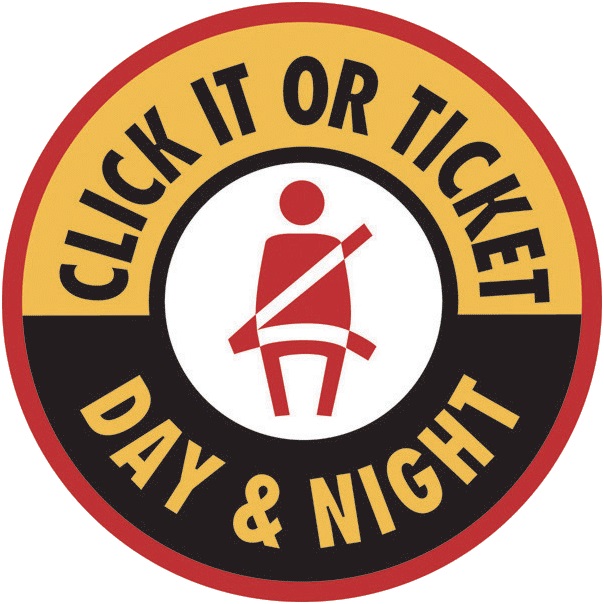Seat Belt Use


Seat belts are the oldest form of occupant protection, with Volvo patenting the first rudimentary seat belt in 1889. However, it wasn't until 1968 that the federal government required seat belts to be installed in all new passenger cars.
U.S. seat belt use rates have steadily increased over time. In 1994, the observed national seat belt use rate was 58%. Belt use was 91.2% in 2024, a slight decrease from the record high of 91.9% in 2023 (Seat Belt Use in 2024, National Highway Traffic Safety Administration [NHTSA]).
Despite these gains, too many drivers and passengers are choosing not to buckle up and are paying for it with their lives. Of the 23,959 passenger vehicle occupants killed in 2023, 10.484 (44%) were unrestrained at the time of the crash (Occupant Protection in Passenger Vehicles, NHTSA). This does not include the remaining 2,659 occupant deaths (11%) where the restraint use was unknown. Looking only at passenger vehicle deaths where restraint use was known, 49% of the passenger vehicle fatalities were people not wearing a seat belt.
GHSA's State Highway Safety Office (SHSO) members provide funding for increased enforcement and work with law enforcement agencies and other partners to educate drivers and their passengers about the importance of seat belt use.
Seat belt laws are divided into two categories: primary and secondary. Primary seat belt laws allow law enforcement officers to ticket a driver or passenger for not wearing a seat belt, without any other traffic offense taking place. Secondary seat belt laws state that law enforcement officers may issue a ticket for not wearing a seat belt only when there is another citable traffic infraction.
Specific laws vary greatly from state to state, depending on the age of the rider and in what seat he or she is sitting. This page covers seat belt laws for adults and young adults only. For requirements for infants, toddlers, and children, see GHSA's Child Passenger page.
NOTE: GHSA does not compile any additional data on adult seat belt laws other than what is presented here. For more information, consult the appropriate State Highway Safety Office (SHSO).
Sources: Insurance Institute for Highway Safety (IIHS) and SHSOs.
Last updated in March 2025. Laws last reviewed by State Highway Safety Offices in June 2025.

"Click It or Ticket" is a national program operated by NHTSA to boost seat belt use and reduce highway fatalities through increased, high visibility enforcement of seat belt laws, coupled with national and state media campaigns utilizing earned, paid and social media. It takes place each year around Memorial Day. Recent campaigns have focused on nighttime seat belt use because fewer people buckle up at night.
"Click It or Ticket" is one of the most successful efforts to improve behavior on a mass scale in the history of public outreach and education campaigns. The program’s irrefutable success in vastly increasing seat belt use is a model example of how equitable enforcement of traffic laws and public awareness of safe driving practices can help save lives. Two decades of demonstrations projects have shown that "Click It or Ticket" and high visibility enforcement campaigns for special populations of drivers with low seat belt use rates are effective at increasing belt use, with most special programs resulting in 2- to 14-percentage point increases in observed front seat belt use during daytime hours (High-Visibility Enforcement and Seat Belt Use, NHTSA).
